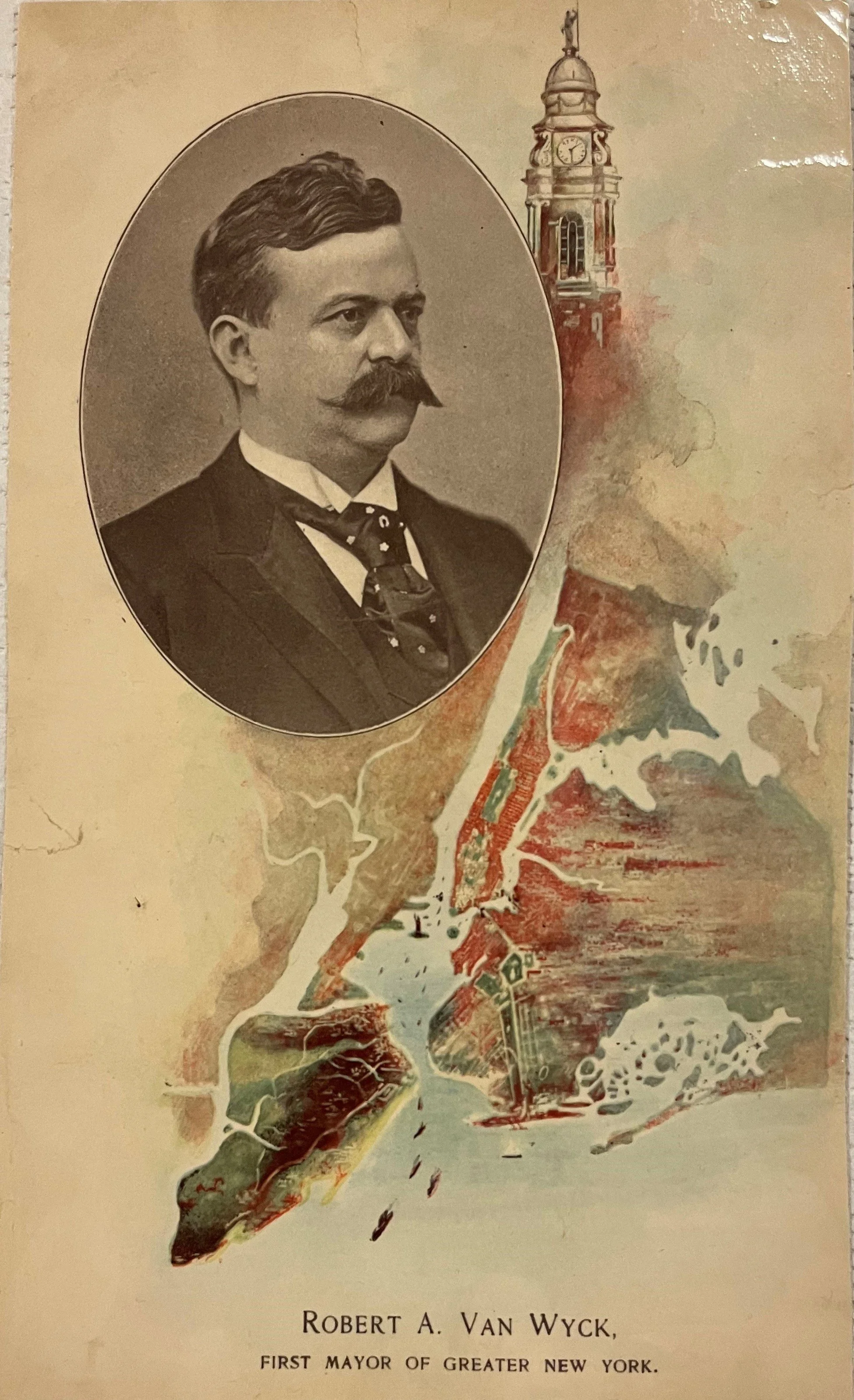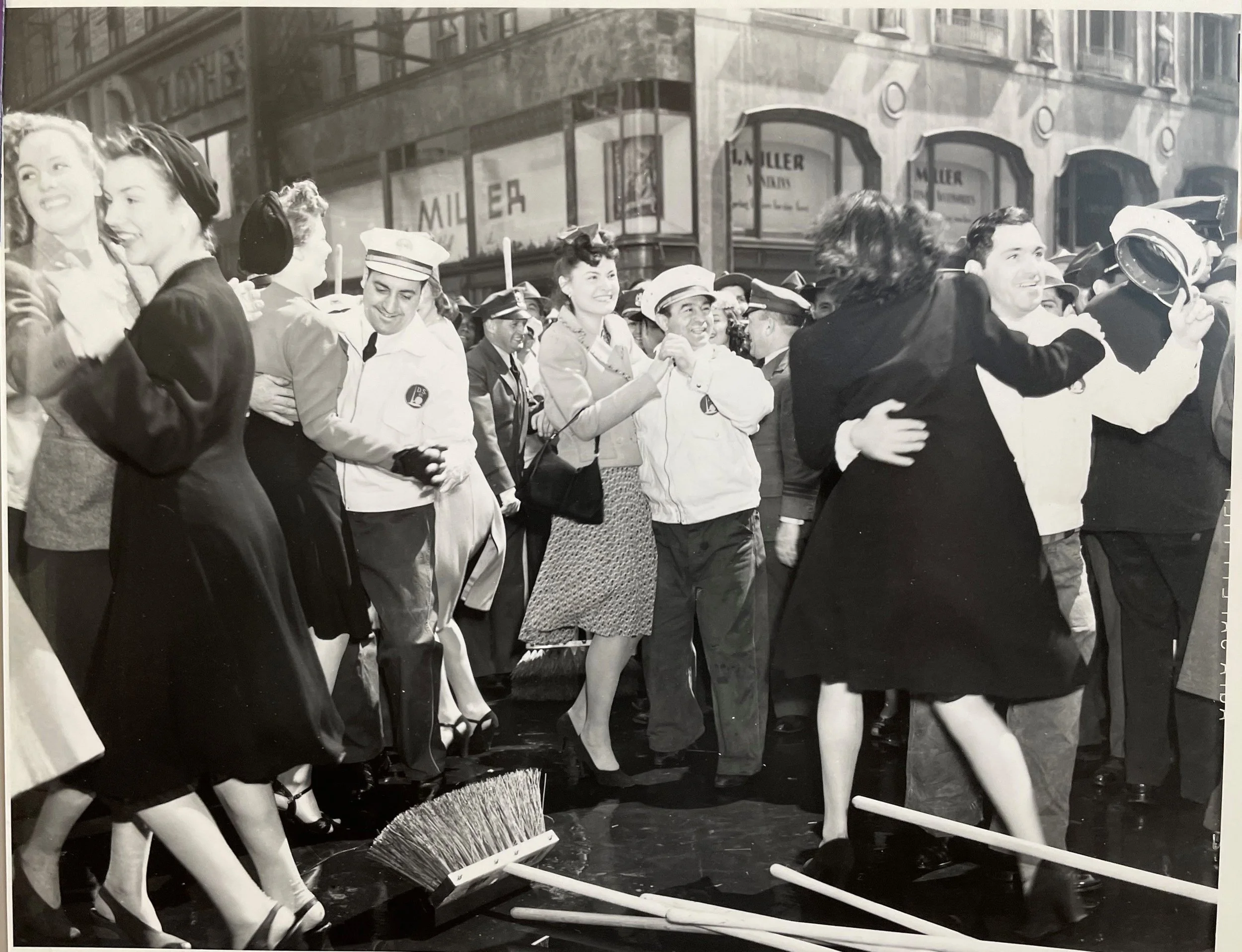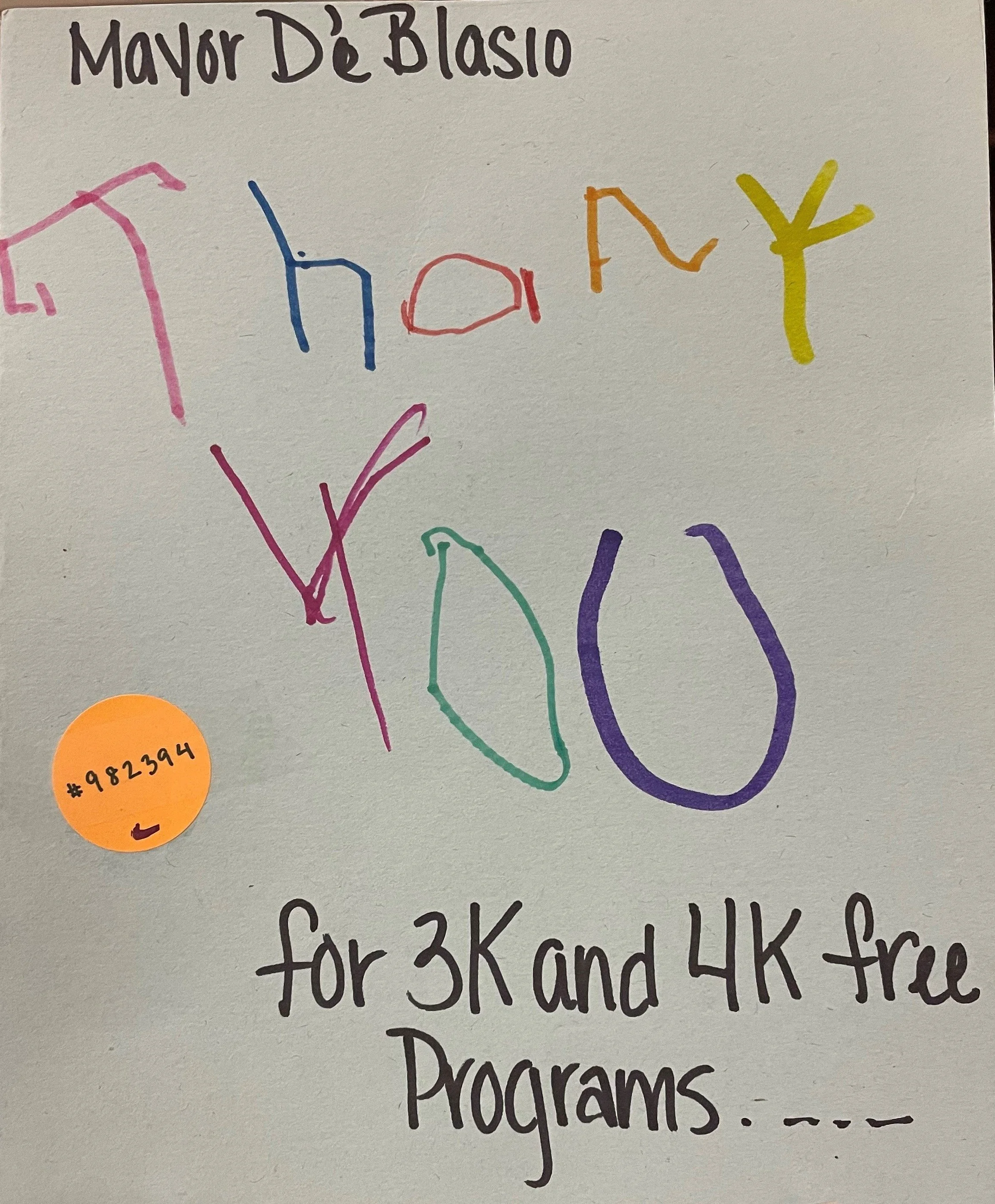On Friday, July 3, 2025, the Department of Records and Information Services hosted an exhibit of unique items from four centuries of NYC history. Selected from the vast collections of the Municipal Archives and Library, the display kicks-off the It Happened Here weekend. Dating from 1636 to the present, the exhibit featured iconic documents, photographs, and ephemera that illustrated how the City evolved civil rights and made a new home for a population from around the world.
Petition, John Peter Zenger to Common Council, 1735. Common Council Records, NYC Municipal Archives.
From the 17th century, the display exhibited the first official edict of the colonial Director-General, Peter Stuyvesant, dated 1647. The edict banned the sale of alcohol every day after 8 p.m. and before 2 p.m. on Sundays, and enforced strict penalties for drawing a knife or sword in anger. The exhibit curators also included the original 1654 purchase of “Conyne Eylandt” (Coney Island) as a representative example of the many interactions between colonists and native peoples.
The 1734 trial of Peter Zenger is a signature event of the 18th century featured in the show. The exhibit displayed Zenger’s petition to the Common Council requesting repairs to his jail cell at the City Hall in 1735. He had been imprisoned for publishing articles critical of the colonial government. His acquittal by the jury established a powerful early precedent for freedom of the press in America.
Pamphlet, 1898, Mayor Robert A. Van Wyck Records, NYC Municipal Archives.
Another highlight of the exhibit representing the 17th century was the “List of Schollars in the African Free Schooll,” from 1795-1796. Founded in 1787 by the New York Manumission Society, the African Free School educated the children of enslaved and formerly enslaved people.
VJ Day, Times Square, August 14, 1945. Department of Street Cleaning Photograph Collection, NYC Municipal Archives.
For the 19th century, the exhibit highlighted items from three of the greatest public works achievements of the era—the Croton Aqueduct, Central Park, and the Brooklyn Bridge. An iconic photograph of workers on the Aqueduct in 1889 showed the scale of the project that brought abundant fresh water to the growing city. The display included an original drawing of the Central Park, designed as a democratic space offering all New Yorkers access to nature and recreation. The Brooklyn Bridge drawing in the exhibit illustrated how the suspension bridge—the longest in the world at that time—connected the two growing cities of Manhattan and Brooklyn.
AIDS Pamphlet, Vertical Files, NYC Municipal Library.
Thank you card, Mayor Bill de Blasio Records, NYC Municipal Archives.
The exhibit curators had an abundance of material to represent NYC municipal government in the 20th Century. Selected documents and photographs illustrated how the City welcomed waves of newcomers from Europe and the South, successfully consolidated Brooklyn, Queens, Staten Island and the Bronx into the Greater City of New York, revolutionized transportation with construction of the subway system, and coped with public health emergencies, the Great Depression, two World Wars, and a fiscal crisis.
Moving to the 21st Century, the exhibit reminded visitors of more recent events such as the attack on the World Trade Center on September 11, 2001, Hurricane Sandy in 2012, implementation of Universal Pre-K by Mayor de Blasio in 2014, the inaugural NYC Women’s March in 2017, and the parade for the Women’s World Cup in 2019, and finally, the COVID-19 pandemic in 2021.
What’s this? Discovered in the Municipal Archives, the origin of this document, its subject, or purpose is not known. If can help us identify this item, please do!




